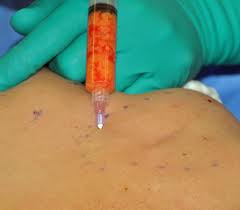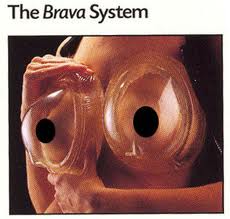Breast augmentation is consistently achieved through the use of an implantable synthetic fluid-filled device. While effective, it is not without its risk of complications and the need for revisional surgery. For these reasons, some patients would prefer an alternative approach. This limited need has been addressed by the use of fat injection grafting which is enjoying increasingly popularity and acceptance.
Fat grafting by injection for augmentation is now widely used and is believed to have fairly predictable survival in many facial locations as well as the buttocks. Its success is attributed to the small volumes of injectate that are distributed through the tissues, ensuring maximal blood flow and oxygen to as much of the fat as possible. Conversely, fat injection into the breasts have not been as well received and still may be called controversial. Because of the high incidence of cancer and other benign diseases of the breasts, concerns remain about fat necrosis and how that will impact detecting various breast pathologies.

In the May 2012 issue of Plastic and Reconstructive Surgery, a ground breaking article appeared that reported a clinical study using a combination of fat injections and external breast stimulation. In a prospective clinical study involving 81 patients over a six year period, the results from a combined device and fat grafting approach to breast augmentation was reported. This includes Brava device use (external bra-like vacuum) for four weeks prior to surgery, fat injections of approximate 250cc per breast, followed by an additional week of Brava device stimulation. Before and after breast volumes was assessed by MRI.

This study shows that the use of external stimulation by the Brava device before and after fat injection breast augmentation produces measureable retained volume improvement. The stimulation that it provides to the breast makes for a better recipient site to receive the injected fat. As the authors of the study point out, ‘fertilizing the field enhances how well the seeds will grow’, to paraphrase their comments. One of the reasons that fat injections may do poorly is the pressure to which they are exposed by trying to push the breast tissue outward. The Brava device overcomes this obstacle by preoperatively stretching the skin and breast tissue outward. It may also stimulate a variety of other tissue factors not yet identified which improves blood flow and causes transplanted cell stimulation.
For those women considering breast augmentation by autologous fat injection, this study provides strong evidence that external device stimulation would be an excellent way to ensure the highest incidence of injected fat survival.
Dr. Barry Eppley
Indianapolis, Indiana


